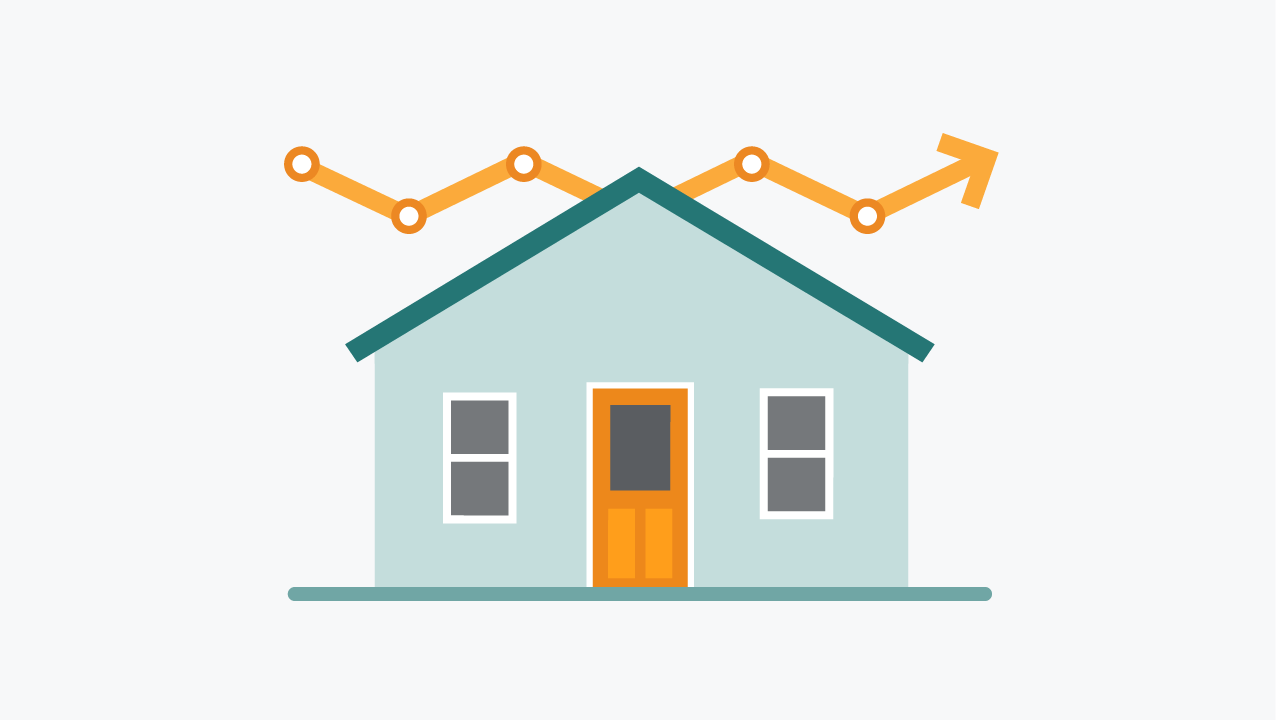Report on Actions Taken to Implement Gold Standard Science
The CFPB is committed to the principles of Gold Standard Science and to fulfilling these principles by developing a policy to ensure that the CFPB adheres to these directives.
We study how consumers interact with financial products and services to help identify potential problems in the marketplace and achieve better outcomes for all. Review our reports and analyses to help inform your decisions, policies, and practices. And, see reports that we periodically prepare about the CFPB.
This Bureau Data Point article describes 2020 mortgage market activity and trends using data reported under the Home Mortgage Disclosure Act (HMDA).
